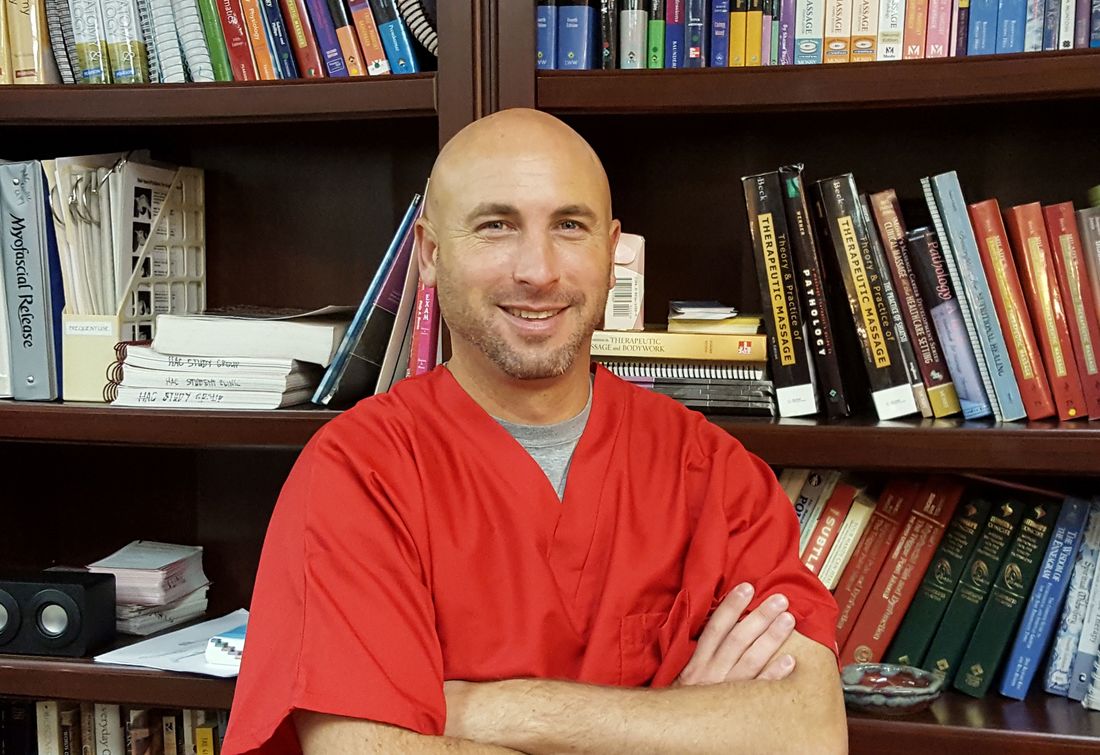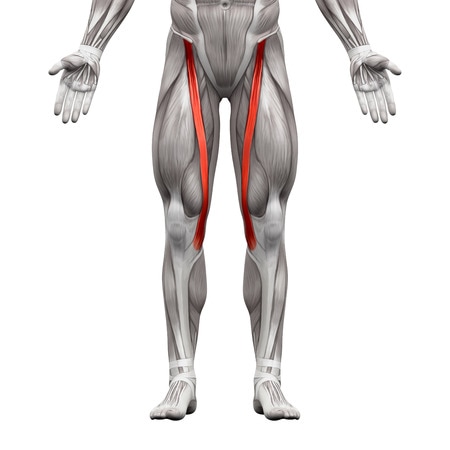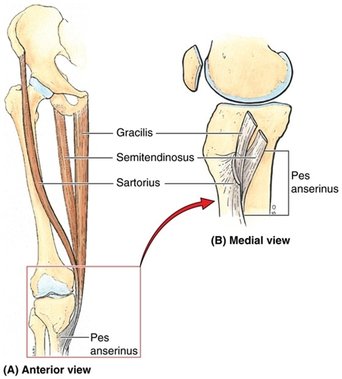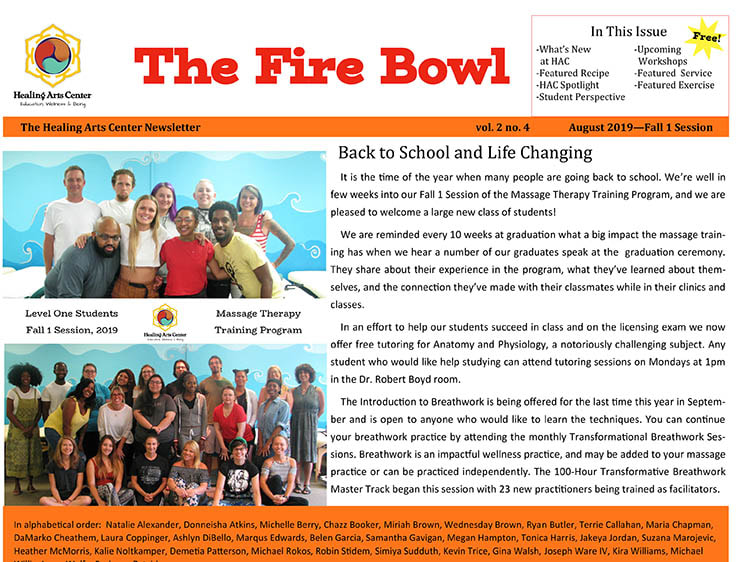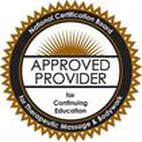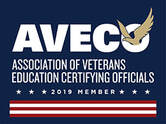
Is a Career in Massage Therapy Your Path? Take the Free Quiz
Dr. Dan Rovin's "Danatomy": An Exploration of The Twenty-Five Muscles of the Thigh (Part 1)7/6/2017 This Week: The Sartorius Muscle
Over the next several months we are going to explore the twenty-five muscles of the thigh. Each month we will break down and explore a group of muscles responsible for hip and knee movement. If you have been following Danatomy blogs through the HAC website, or Facebook, you might remember that the very first blog was over the "Deep Six" muscles of the buttock. In the classroom I refer to them as the "group of six". I also discuss the "group of five", the "group of four", the "group of three", the "group of two", and the intentionally incorrectly termed "group of one". As such allow me to introduce you to sartorius - "the group of one". The longest muscle in the human body is sartorius. Its name is Latin and it is loosely translated to "the tailor's muscle". It originates directly from the ASIS (anterior superior iliac spine) and spans the length of the thigh. It crosses the medial aspect of the knee and inserts with the gracilis and semitendinosus, as part of the pes anserinus (goose foot) tendon, into the proximal anteromedial tibia. It is a synergistic muscle that aids the hamstrings in flexing the knee and it helps the iliopsoas flex the hip. It also assists gluteus medius in abducting the hip and it works with piriformis to laterally rotate the hip. With all of these synergistic roles I have often wondered if sartorius has a primary function.
believe it would happen. If sartorius was the only muscle of your thigh it would fail to achieve the tailor's position. By itself, sartorius is not a strong enough muscle to pull the heavy tibia, and even heavier femur, towards the ASIS. It is too long, too slender, and poorly positioned for leverage. The type of strength necessary to create a figure-four leg position against gravity would require much more girth and width given the distance between the ASIS and pes anserinus. So if the sartorius can't put you in the tailor's position, as its name suggests, then why does it exist? The answer may lie in pes anserinus. Pes anserinus translates as follows: pes (pedis) = foot; anserinus = goose. As sartorius, gracilis, and semitendinosus converge their tendons combine to form a flat, triangular, goose foot shaped insertion. Sartorius is shortening with an anterolateral-superior vector of force to the ASIS. Gracilis is contracting with a medial-superior vector of force to the inferior ramus of the pubis. Semitendinosus is pulling with a posterior-superior vector of force toward the ischial tuberosity. If all three contract at the same time they would work to pull the tibia in three different directions simultaneously. That should create what would essentially be an adduction of the knee joint. However, the knee is not capable of adduction, not even when flexed. Crossing the lateral side of the knee is a flat, dense, tract of tissue known as the iliotibial band (ITB). The ITB does not have the contractility of muscle nor the elasticity of tendon. Its tension is the result of the tone and contractions of the tensor fascia latae and the gluteus maximus.
The knee is the most unstable joint of the lower extremity. It relies heavily on its ligaments but they alone would eventually fail, given the amount of weight bearing forces going through the joint, if not for the muscles that stabilize it. The most powerful of the knee stabilizers, and the reason for the patella, are the quadriceps that provide anterior knee stability. They would be followed by the hamstrings that, with popliteus, provide posterior knee stability. ITB provides lateral knee stability and pes anserinus provides medial knee stability. Sartorius and gracilis might be weak joint movers but as muscular straps they provide great joint stability.
In summary, sartorius is the longest muscle in the human body that, as a mover, will bend the knee and hip putting one in the tailor's position. It is not a strong mover. Therefore, it should be thought of as a knee stabilizer and discussed with the muscles of pes anserinus. To remember the pes anserinus use this word association: SGT Goosefoot (sartorius-gracilis-tendinosus)....Captain Kirk, Lieutenant Dan, and Private Ryan were all popular in respect to their movies but Sgt. Goosefoot will become the most famous of all when my Sartorius L.O.N.G. music video goes viral. It may take awhile but it will eventually get done. Can you hear me singing it? Sar-Sar...Sartorius (Sartorius)! |
Healing Arts Center News
Keep up with what's happening at the Healing Arts Center.
Follow us on Social Media:Read the Fire Bowl School Newsletter:
Categories
All
|
*The Healing Arts Center is proudly accredited by the Accrediting Commission of Career Schools and Colleges (ACCSC) for the 600-hour massage therapy training certificate only. ACCSC does not accredit individual Master Track courses or CEU offerings separately for this or any institution.
Follow Us Online:
© Copyright, The Center For the Healing Arts, LLC, 2020
